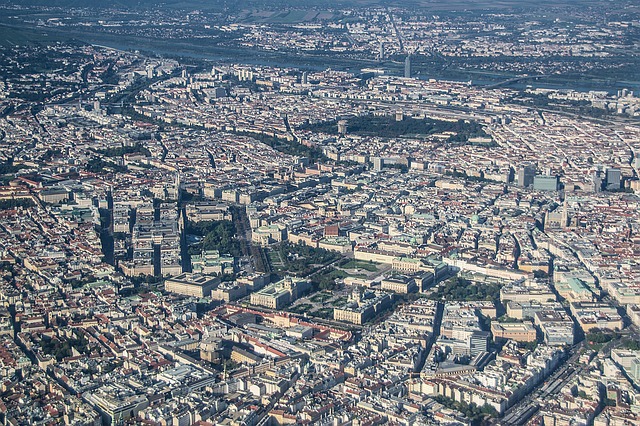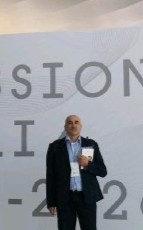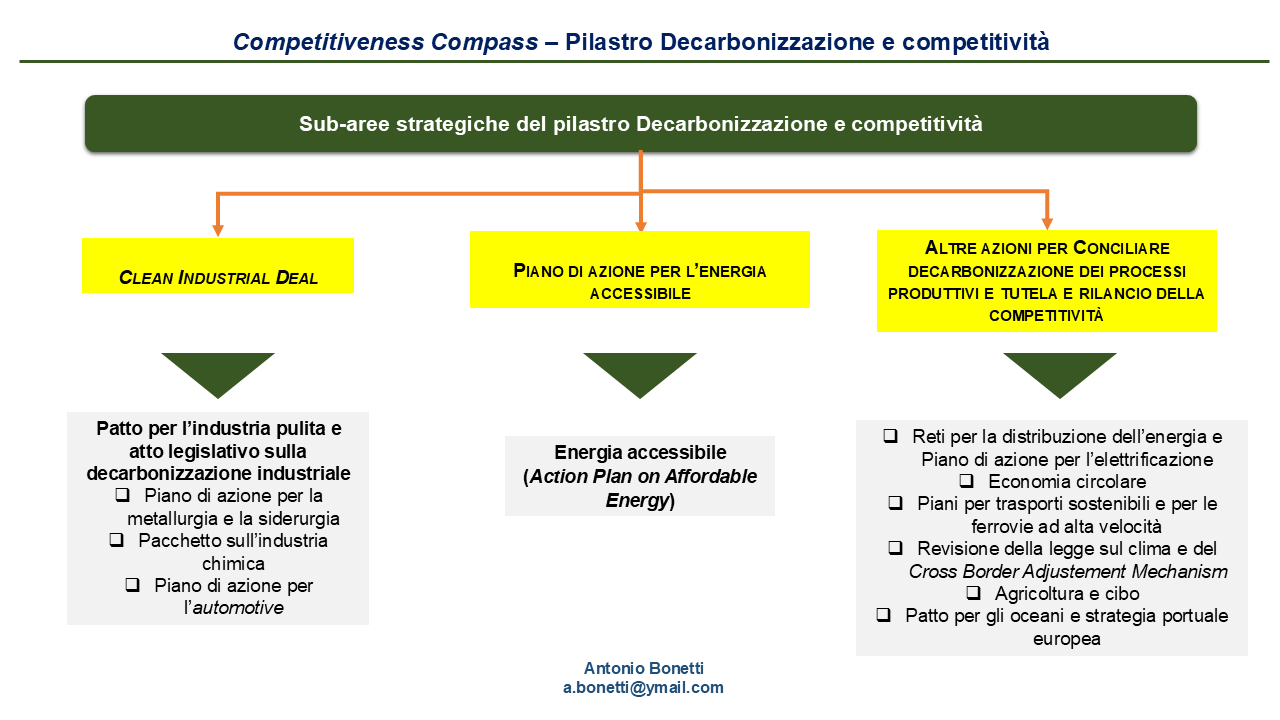Currently, the ‘Smart Cities’ paradigm is front and center when formulating public policies at the urban level.
Actually, there is a growing body of evidence that makes a case for the increasing importance of modern cities as an engine of competitiveness and sustainable growth.
On the one hand, public policies at the urban level informed to the aforementioned paradigm are absolutely important in providing the supporting framework.
On the other hand, EU policy-makers are increasingly aware that innovative solutions to manifold challenges that affect urban areas are not always able to grow to scale, because they are too risky or do not appeal to tax-payers, being totally new. Furthermore, budgetary pressures set remarkable challenges for Local Authorities and the provision of innovative public policies.
These issues are among the main reasons behind the launch of a new pilot action named Urban Innovative Actions Initiative (UIA Initiative). [1]
 The UAI Initiative builds on Article 8 of the Regulation (EU) No 1301/2013 on the European Regional Development Fund (ERDF) and has a ERDF budget of about EUR 372 Million over the period 2014-2020. [2]
The UAI Initiative builds on Article 8 of the Regulation (EU) No 1301/2013 on the European Regional Development Fund (ERDF) and has a ERDF budget of about EUR 372 Million over the period 2014-2020. [2]
This pilot action is aimed at financing innovative and unproven solutions to urban problems, to be selected via calls for proposals. Main topics of the calls are established annually by the European Commission.
The 1st call for proposals was launched on 15 December 2015 and the deadline is 31 March 2016.
This call is focused on the following topics:
• Energy transition,
• Integration of migrants and refugees,
• Jobs and skills in the local economy,
• Urban poverty with a focus on deprived neighbourhoods.
According to the Guidance available on the official website, proposals are subject to:
- Phase 1 – A Strategic Assessment, which accounts for 80% of the overall project score;
- Phase 2 – An Operational Assessment that refers to the project’s quality [3]. Operational Assessment will be carried out only for those proposals which score above an established threshold at the end of the previous phase and it accounts for 20% of the overall project’s assessment.
Strategic Assessment will be based on the following criteria:
- Innovativeness: to what extent is the applicant able to demonstrate that the project proposal is a new solution that has the clear potential to add value?
- Partnership: to what extent is the involvement of key partners relevant for the implementation of the project?
- Measurability of project’s results and outputs: to what extent will the project deliver measurable results?
- Project’s transferability and scaling up: to what extent the project will be transferable to other urban areas across Europe?
 There is clear evidence the UIA Initiative poses challenges for urban authorities, because they ‘should be able to demonstrate that the proposed projects are not been previously tested and implemented on the ground in the urban areas or elsewhere’ (see page 9 of the Guidance).
There is clear evidence the UIA Initiative poses challenges for urban authorities, because they ‘should be able to demonstrate that the proposed projects are not been previously tested and implemented on the ground in the urban areas or elsewhere’ (see page 9 of the Guidance).
At the same time, rewarded projects which will receive up to 80% of the overall eligible costs.
Furthermore, new ideas and innovative solutions inspired by this call could be a valuable asset to public authorities under the following EU Programmes/initiatives as well:
• Interreg Europe. The opening date for the second call under Interreg Europe is set on 5 April 2016 and applications will be accepted until 13 May 2016.
• URBACT.
In fact, there are relevant synergies between these initiatives co-financed by the ERDF and the UIA Initiative. [4]
As far as Italy is concerned, it seems to me that there are interesting synergies between the UIA Initiative and the following National Operational Programmes (NOPs) co-financed by the European Structural and Investment Funds:
- NOP “Governance and Capacity Building”,
- NOP “Metropolitan Cities”,
- NOP “Social Inclusion”.
***************
[1] As stated in the Guidance available on the official website of the Initiative, ‘urban authorities are reluctant to use their financial resources to fund ideas that are totally new, unproven and hence risky. Budget constraints are therefore limiting the capacities of urban authorities for experimentation and testing. This lack of experimentation is one of the reasons why the Commission decided to create a new instrument called Urban Innovative Actions (UIA).’
[2] Article 8 states that ‘At the initiative of the Commission, the ERDF may support innovative actions in the area of sustainable urban development.’
[3] Criteria for judging project’s quality are as follows: How well is a need for the project justified? To what extent is the work plan realistic, consistent and coherent? To what extent are the management structures and procedures in line with the project size, duration and needs? To what extent does the project budget demonstrate value for money? To what extent is the budget coherent and proportionate? To what extent are communication activities appropriate and forceful to reach the relevant target groups and stakeholders and help achieve the project objectives?
[4] It has to be taken into account that an another important call for proposals concerning EU urban agenda is currently open. In fact, 15 March 2016 is the submission deadline for pre-proposals for the ERA-NET Cofund Smart Urban Features Joint Call for Proposals. The ERA-NET Cofund Smart Urban Features (ENSUF) was set up by the Joint Programming Initiative (JPI) Urban Europe cofinanced under Horizon 2020.
The aim of the aforementioned Joint Call for Proposals is to select at least 50 research projects ‘that aim for substantial impact in shaping smart urban futures’ at the end of the first phase. The second stage of the procedure will close on 20 September 2016.
MIUR (the Italian Ministry for research and innovation) is the Italian contact point of the JPI.









